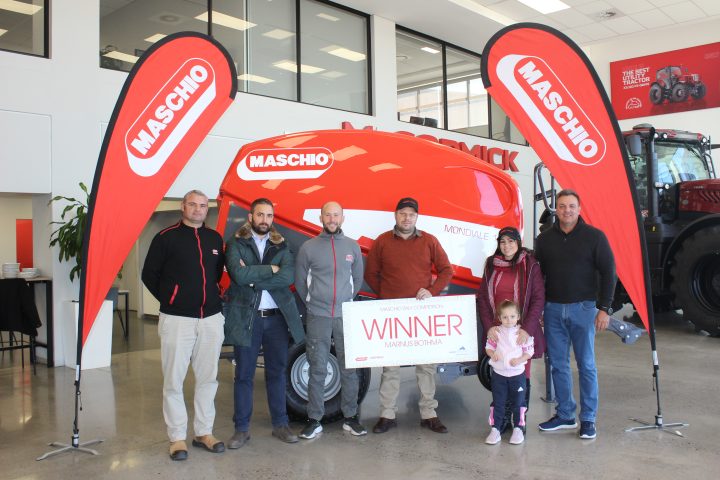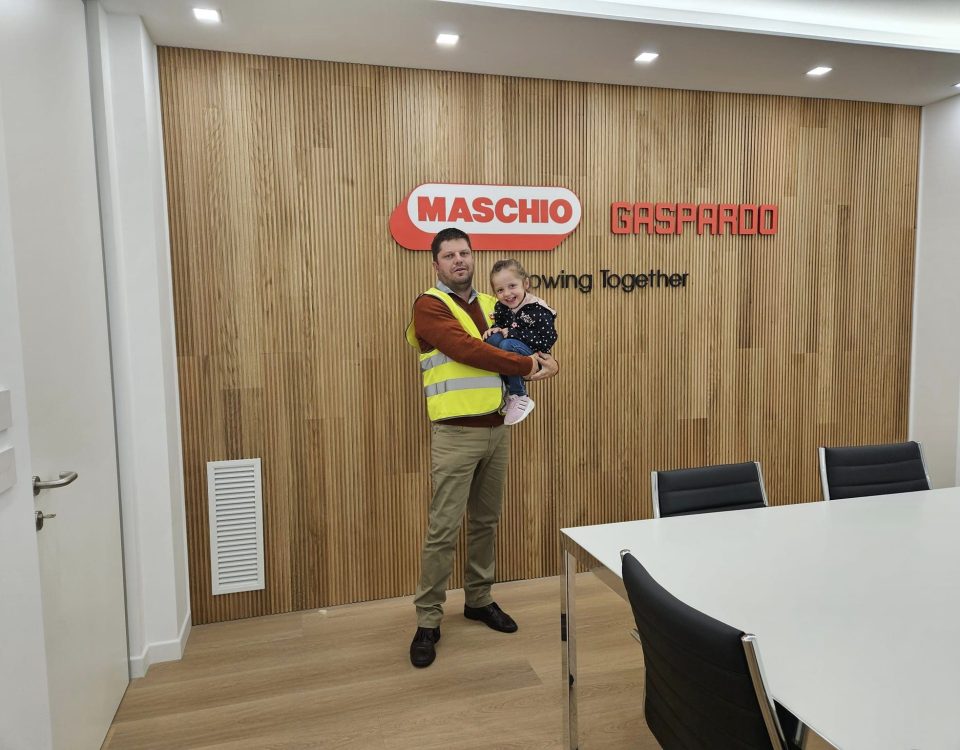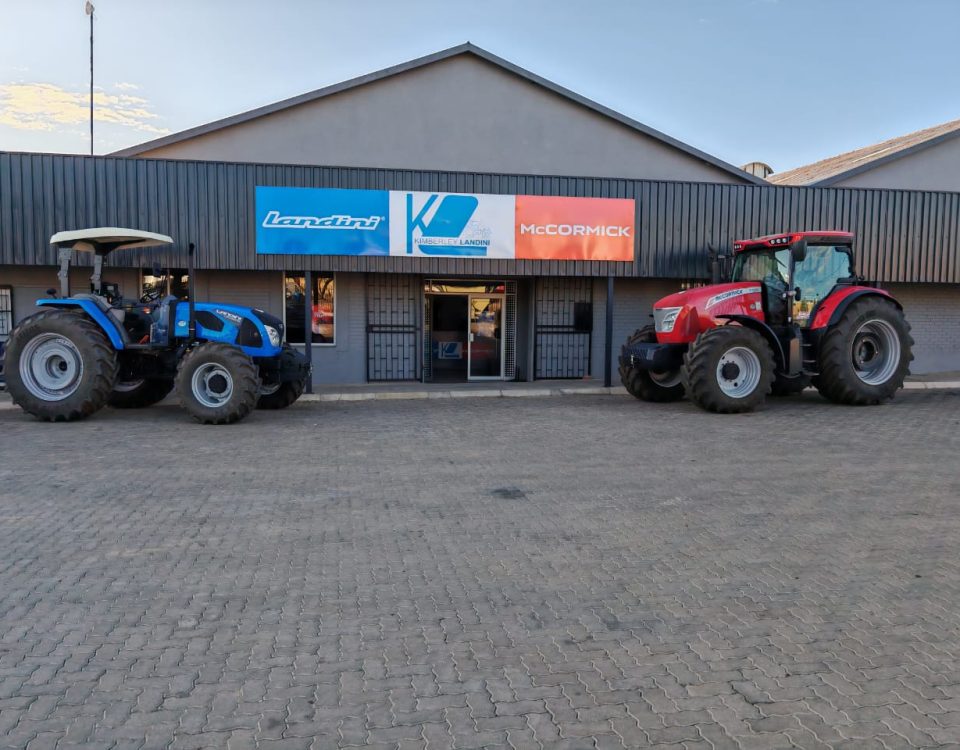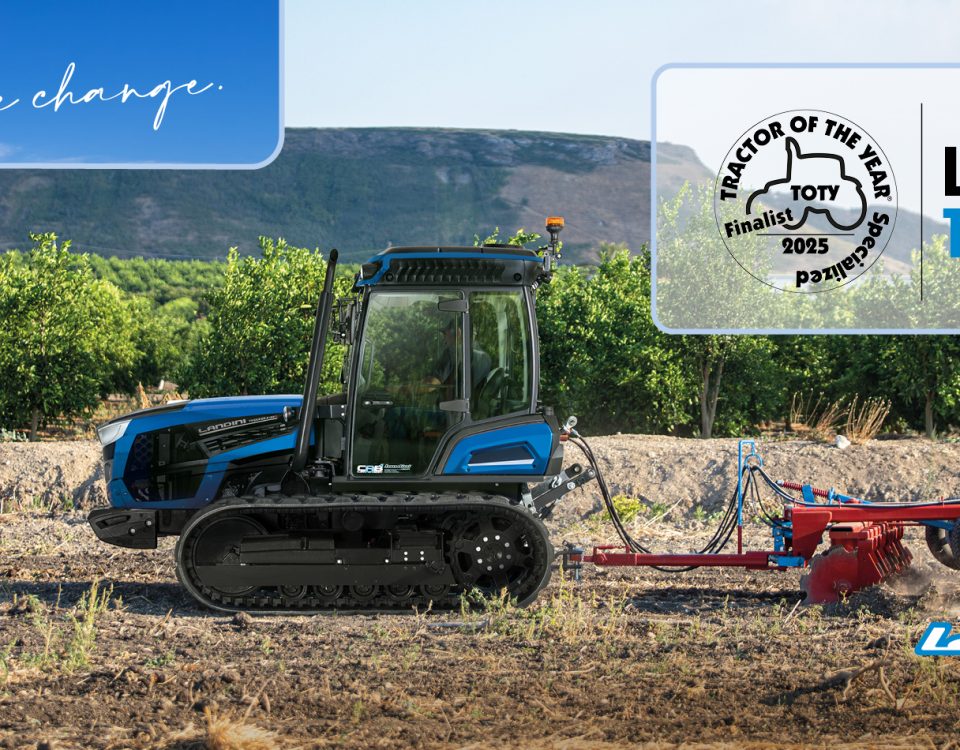Opportunity of a life time awaiting Mareetsane farmer!

Marnus Bothma, the owner of GAM Farming in the Mareetsane district in the Northwest province has been farming on the farm Newry with his staff and worker team for the past 18 years.
He has mixed farming operation, focusing on 60 % cash crops, 35% cattle and 5% game. The grain crops comprise maize and sunflower and he also plants groundnuts (peanuts). He has a commercial cattle herd and utilises the crops rests after harvest where after the cattle is kept on natural and planted pastures.
As a young farmer Marnus is focused on succeeding in a very tough environment and in 2018 he was one of the finalists in the Agri Northwest Young Farmer of the Year competition. He also believes in participating in local agricultural structures and apart from being a member of the Setlagole farmer association, he also served as the representative for his region on Grain SA’s farmer management structure.
Farming in a dry area of South Africa with an average rainfall of approximately 464 mm per annum, available soil moisture is one of his biggest challenges in crop production. What makes it more challenging is the large and unpredictable variations in rainfall over seasons. Droughts are a recurrent challenge in the semi-arid region where Marnus farms. Other challenges include the rise in inputs costs and the availability of skilled labour.
To address these challenges, he believes farmers should focus on being innovative and positive and also make an effort of conveying that progressive image to the outside world. According to him, innovation is the key to sustainable productivity.
With the climatic conditions and soil types taken into consideration, Marnus says his cultivation practices can change annually according to the crop or the season and in accordance with his soil analysis. He, however, mostly practices a controlled traffic system. “Ensuring that all implements, and equipment use the same track during cultivation, we are able to minimise soil disturbance and soil compaction.”
In 2011 Marnus bought his first Landini tractor and since then he remains a loyal Landini customer. “Thirteen years ago, I bought my first Landini tractor because it was cost effective. I have never regretted that decision. I only have positive experiences with Landini tractors. The running cost is low, they are easy to use and the after sales service is excellent.”
Marnus uses the McCormick X8 for soil preparations such as ripping and ploughing. The Landini Landpower 135 and 165 models are used for mechanical weed control and cutting of crop rests and fire breaks, as well as to transport grain to the silo’s. The Landini Solis 110 tractors are used to transport water and fertilizer, while the Landini Super 100 tractors are used primarily for planting, weeding, hoeing and applying fertilisers. He also uses the Landini Super 100 when picking groundnuts and cutting grass. The Landini 7865 model is used for general work in the cattle division for example in the mixing of feed.
His nearest dealer is in Lichtenburg, and according to Marnus the team at Lichtenburg Landini is always available offering assistance and advise. The mechanics comes out to the farm, and this saves times during planting. He says that the fact that they have parts readily available is a huge benefit. “It makes a huge difference to be able to talk to the dealer directly. In this way we can discuss problems and sort them out immediately. Apart from that, their invoicing system easily fits into our financial systems. I will definitely recommend Landini and specifically Lichtenburg Landini.”
During Nampo Bothaville this year, Marnus participated in the “Win a trip to Italy”- competition. “It was a spur of the moment decision to take part and to put my name in the hat. Of course, I wished that I could win, but I was still quite surprised when I received the call with the good news!”
“I am quite excited and am looking forward to visiting the Machio plant. I have a Mondaile baler, and it would be interesting to see how they are manufactured. I am also interested in getting a behind-the-scenes look at the Gaspardo planter. I am also looking forward to seeing what is in the pipeline regarding new Landini models. Of course, we also appreciate the opportunity to see and learn more about the Italian way of life.”



